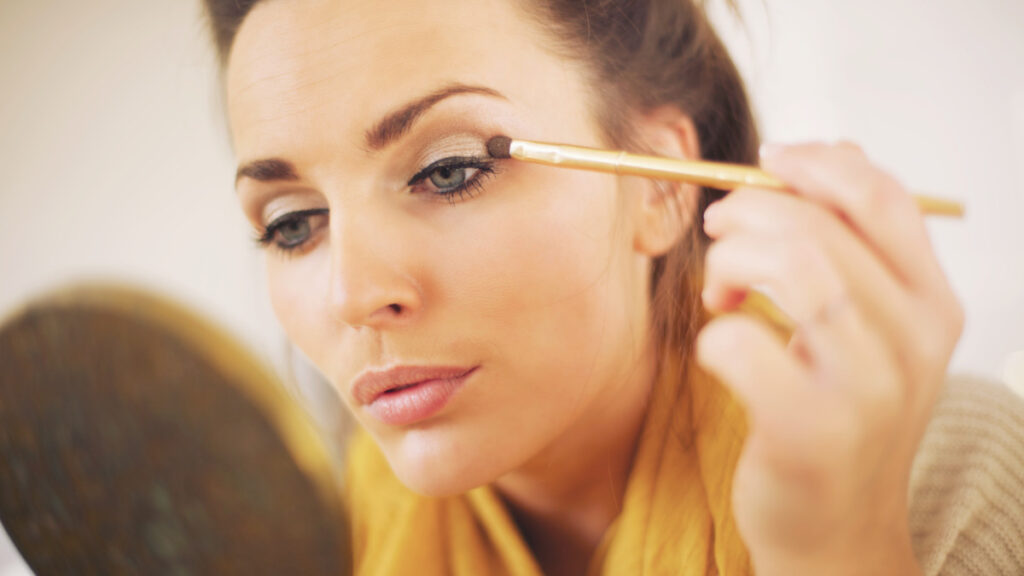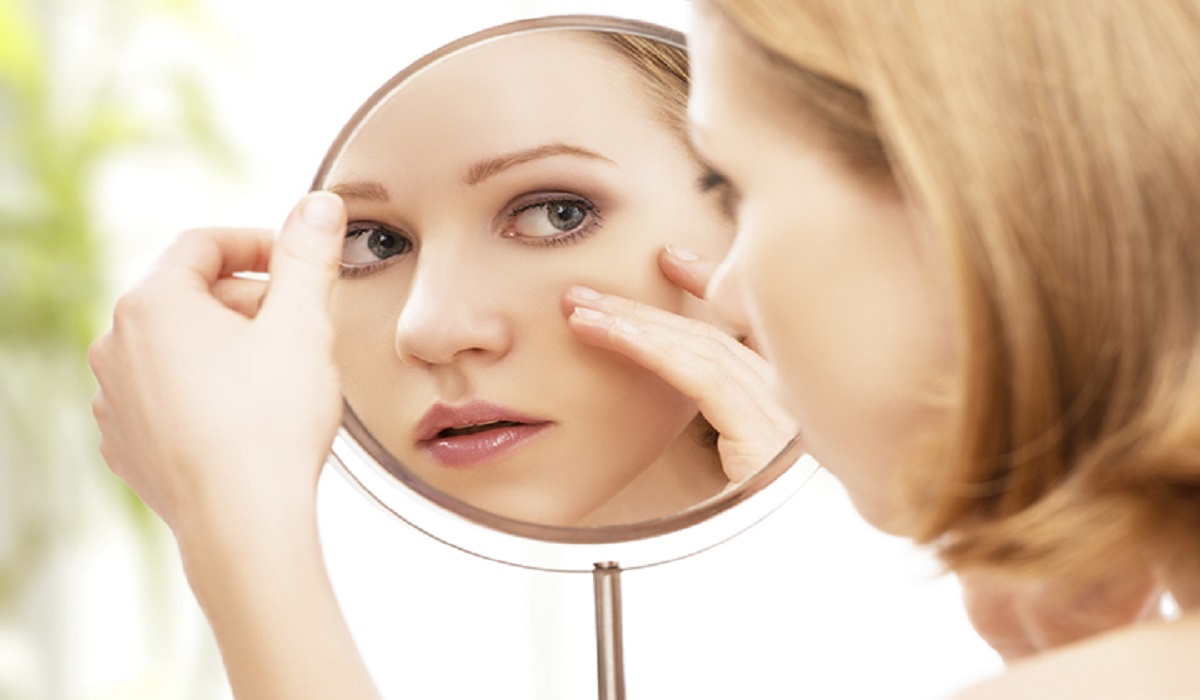
Oily skin can be a makeup lover’s nemesis. The constant battle against shine, makeup sliding off, and clogged pores can be frustrating. However, with the right knowledge and techniques, you can achieve a matte and flawless look that lasts all day. In this comprehensive guide, we will delve into the world of makeup for oily skin, providing you with a wealth of tips, tricks, and product recommendations to help you say goodbye to unwanted shine and embrace a fresh, matte complexion.
Understanding Oily Skin
Before we jump into makeup tips, it’s essential to understand what causes oily skin. Oily skin is the result of an overproduction of sebum, the skin’s natural oil. This overproduction can be influenced by factors such as genetics, hormonal fluctuations, and environmental conditions. Oily skin tends to have larger pores and can be prone to acne and blackheads. When applying makeup to oily skin, the goal is to control excess oil production while maintaining a natural, matte finish.
Prepping Your Canvas: Skincare for Oily Skin
Effective makeup for oily skin begins with proper skincare. A well-balanced skincare routine can help control excess oil, minimize pores, and create a smoother canvas for makeup application. Here are some skincare steps tailored to oily skin:
- Cleansing: Use a gentle, oil-free cleanser that is specifically designed for oily skin. Cleansing twice a day helps remove excess oil and impurities.
- Toning: A gentle, alcohol-free toner can help balance the skin’s pH levels without over-drying it.
- Moisturizing: Opt for an oil-free, non-comedogenic moisturizer to keep your skin hydrated without adding extra oil.
- Exfoliation: Regular exfoliation (1-2 times a week) can help remove dead skin cells and prevent clogged pores. Look for products containing salicylic acid.
- Sunscreen: Always use a broad-spectrum, oil-free sunscreen with at least SPF 30, even on cloudy days, to protect your skin from UV damage.
Choosing the Right Makeup Products
Selecting makeup products that are specifically formulated for oily skin is crucial. Look for the following characteristics when choosing makeup products:
- Oil-Free: Opt for oil-free foundations, primers, and concealers. These products won’t clog your pores or contribute to excess shine.
- Matte Finish: Matte foundations and powders are your best friends. They help absorb excess oil and provide a shine-free finish.
- Long-Wear Formula: Look for makeup products labeled as “long-wear” or “stay-put.” These formulas are designed to stay in place throughout the day, even on oily skin.
- Non-Comedogenic: Check for the “non-comedogenic” label, which means the product is less likely to clog pores and cause breakouts.
- Mineral Makeup: Some individuals with oily skin find success with mineral makeup, as it can provide a lightweight, breathable option that doesn’t contribute to excess oil.
Prepping Your Skin for Makeup
Properly prepping your skin before makeup application is crucial for long-lasting results. Follow these steps to ensure your makeup adheres well to your oily skin:
- Cleanse: Start with a clean slate by washing your face with a gentle cleanser. Make sure to remove any excess oil and residue.
- Tone: Apply a toner to balance your skin’s pH levels. This helps create an even texture for makeup application.
- Primer: Invest in a mattifying primer designed for oily skin. This step not only helps your makeup stay put but also minimizes the appearance of pores.
- Blotting: Use oil-absorbing sheets or blotting papers to remove any excess oil from your skin right before applying makeup. This step can significantly extend the wear time of your makeup.
Foundation for Oily Skin
Choosing the right foundation is crucial for achieving a matte and long-lasting makeup look for oily skin. Here’s how to do it:
- Matte Formulas: Opt for matte or oil-free foundation formulas specifically designed for oily skin. These foundations are formulated to control excess oil and provide a shine-free finish.
- Powder Foundations: Powder foundations are an excellent choice for oily skin as they absorb oil and provide a matte finish. They also work well for touch-ups throughout the day.
- Full Coverage: If you have blemishes or uneven skin tone, consider a full-coverage foundation. These formulas can help mask imperfections without the need for excessive product layering.
- Application Techniques: Use a makeup brush or sponge to apply your foundation. Avoid using your fingers, as they can transfer oil onto your face.
- Set with Powder: Always set your foundation with a mattifying setting powder. A translucent powder is an excellent choice to avoid adding extra color to your skin.
Concealer and Contouring
When it comes to concealer and contouring for oily skin, choose products that are matte, long-wear, and non-comedogenic. Here are some tips:
- Concealer: Use a matte, full-coverage concealer to cover blemishes and dark circles. Apply sparingly, as excessive concealer can lead to cakiness.
- Contouring: Opt for matte contour products. Avoid cream contours, as they can become greasy on oily skin. Apply powder contour with a light hand to avoid a heavy, cakey appearance.
- Setting: After applying concealer and contour, set these areas with a translucent setting powder to prevent creasing and shine.

Eye Makeup for Oily Skin
Eye makeup can be particularly challenging for those with oily skin, as creasing and smudging are common issues. Here’s how to make your eye makeup last:
- Eyeshadow Primer: Start with an eyeshadow primer to create a smooth base and prevent eyeshadow from creasing.
- Matte Eyeshadows: Opt for matte eyeshadows, as shimmery ones can highlight oily lids. Powder eyeshadows tend to perform better on oily skin than cream or liquid formulas.
- Waterproof Eyeliner and Mascara: Use waterproof eyeliner and mascara to prevent smudging and smearing throughout the day.
- Setting Spray: Finish your eye makeup with a setting spray designed to lock in your eye look.
Lip Makeup for Oily Skin
When it comes to lip makeup, oily skin individuals can enjoy a wide range of options. Here are some tips for long-lasting lip color:
- Lip Primer: Start with a lip primer to create a smooth base and prevent feathering.
- Matte Lipsticks: Matte lipsticks tend to stay in place better than glossy or creamy formulas. Look for long-wear matte lipsticks.
- Lip Liner: Use a lip liner to define your lips and prevent lipstick from bleeding. Choose a shade that matches your lipstick.
- Blot and Reapply: After applying lipstick, blot your lips with a tissue, and then reapply a second layer for added staying power.
Setting Your Makeup
To lock in your makeup and keep it shine-free, setting your makeup is essential. Here’s how:
- Setting Spray: Finish your makeup routine with a mattifying setting spray. It helps your makeup stay in place, controls oil, and ensures a matte finish.
- Blotting Papers: Keep blotting papers on hand for quick touch-ups throughout the day. Blotting papers absorb excess oil without disturbing your makeup.
- Translucent Powder: Carry a compact translucent powder for on-the-go touch-ups. Lightly dust the powder over areas prone to shine.
- Avoid Excessive Touching: Try to avoid touching your face throughout the day, as the natural oils from your hands can transfer to your skin and break down your makeup.
Makeup Removal and Skincare at Night
Proper makeup removal and nighttime skincare are crucial for maintaining healthy skin, especially if you have oily skin. Here’s a nighttime routine tailored to your needs:
- Makeup Remover: Start with a gentle, oil-free makeup remover or micellar water to thoroughly remove makeup, including waterproof products.
- Cleanser: Follow up with a gentle, foaming cleanser designed for oily skin to remove any remaining traces of makeup, dirt, and excess oil.
- Toner: Apply a toner to help balance your skin’s pH levels and prepare it for the next steps.
- Treatment Products: Consider using products with ingredients like salicylic acid or niacinamide to address oily skin concerns, such as acne or enlarged pores.
- Oil-Free Moisturizer: Finish your routine with an oil-free, non-comedogenic moisturizer to keep your skin hydrated without adding excess oil.
With the right makeup products and techniques, individuals with oily skin can achieve a matte, long-lasting makeup look that stays fresh throughout the day. The key is to focus on oil-free, matte formulas, proper skincare, and setting your makeup effectively. Embrace these tips and tricks, and say goodbye to unwanted shine. Remember that makeup is a form of self-expression, and with a little practice, you can confidently showcase your unique style while keeping oiliness at bay. Enjoy your journey to a shine-free and flawless complexion!








